Deep breathing for sleep relaxation
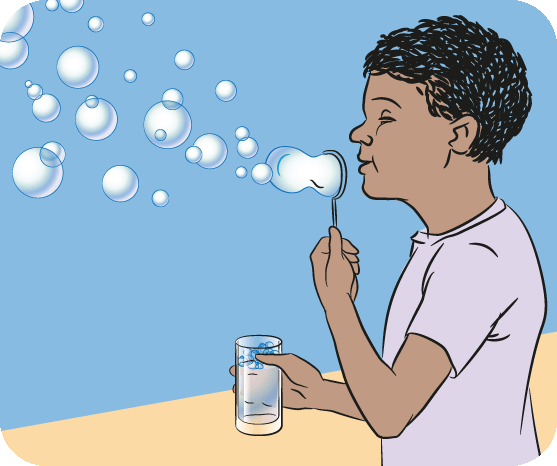
Deep breathing in and out can help your child relax. Blowing bubbles can help your child practise deep breathing.
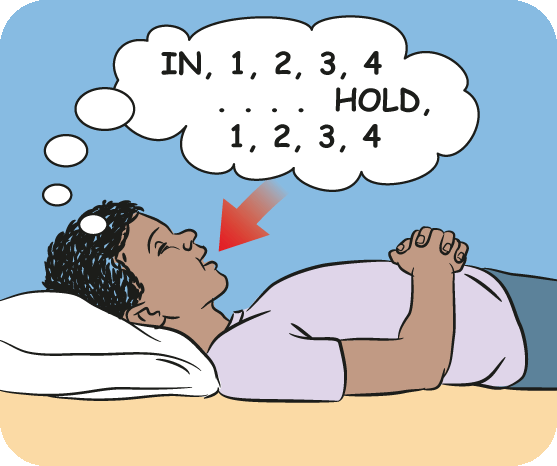
At bedtime, get your child to relax their shoulders. Ask your child to breathe in for 4 counts (count, ‘1 rabbit, 2 rabbits, 3 rabbits, 4 rabbits’). Ask your child to hold the breath in for 4 counts.
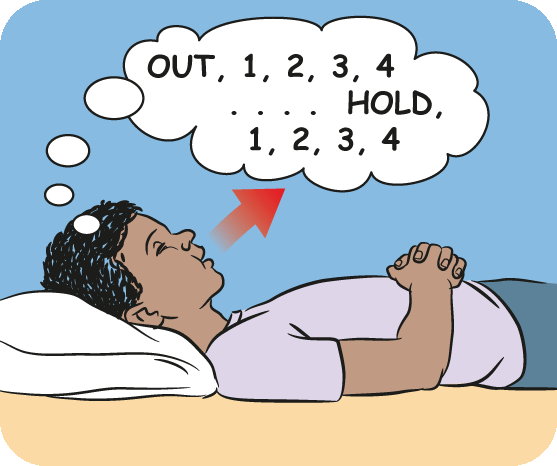
Ask your child to breathe out for 4 counts. Ask your child to hold the breath out for 4 counts. Repeat up to 4 times. Tell your child that deep breathing gets easier with daily practice.
Visualisation strategy to help your child get to sleep
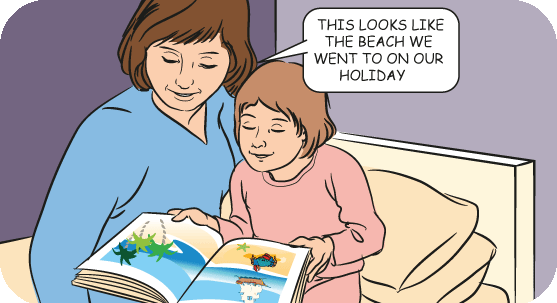
Choose a book with pictures of a place your child can imagine. Avoid scary pictures. Talk about the pictures. Ask your child if they can see a picture in their mind.
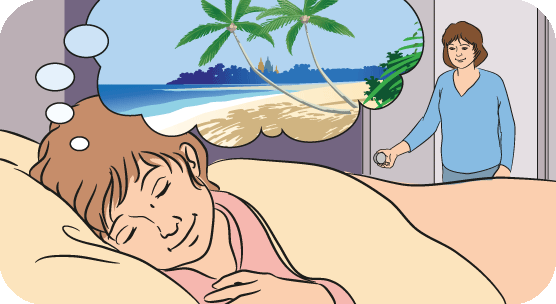
When your child sees pictures in their mind, it can help them relax. Your child can use their imagination to change the picture if they want to.
Tips to help your child relax for sleep after a busy day
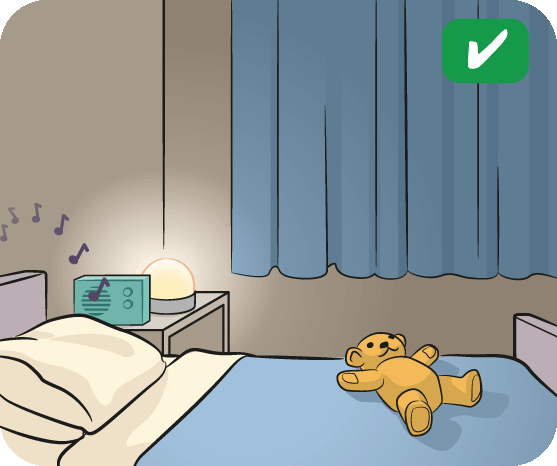
A quiet, dimly lit bedroom is good for sleep. Too much light can make it harder for your child to fall asleep. Your child can use a night-light.

Try to keep devices like computers, TVs and phones out of the bedroom. Playing games and watching TV takes up sleep time.
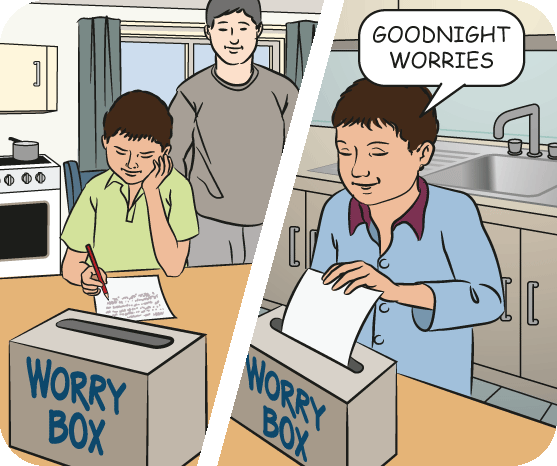
Try a worry box. Before bedtime, your child can draw or write down their worries. At bedtime, worries go into the box. Talk about worries the next day.
Languages other than English
- Arabic (PDF: 883kb)
- Dari (PDF: 495kb)
- Dinka (PDF: 516kb)
- Hakha Chin (PDF: 472kb)
- Karen (PDF: 491kb)
- Persian (PDF: 494kb)
- Simplified Chinese (PDF: 493kb)
- Swahili (PDF: 473kb)
- Tamil (PDF: 489kb)
- Vietnamese (PDF: 501kb)